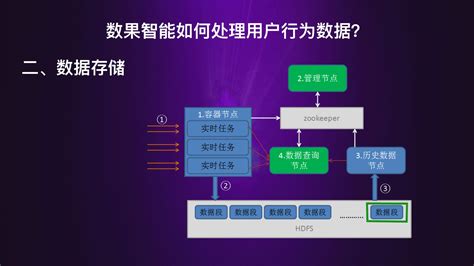```html
Exploring the Potential of Big Data in Diverse Industries
Big data has emerged as a transformative force across various industries, revolutionizing the way organizations operate, make decisions, and interact with customers. By harnessing the power of massive datasets, businesses can uncover valuable insights, enhance efficiency, and drive innovation. Let's delve into how big data is shaping different sectors:
In the healthcare industry, big data analytics holds immense promise for improving patient outcomes, optimizing treatments, and reducing costs. By analyzing vast amounts of medical records, clinical trials, and genomic data, healthcare providers can personalize treatment plans, identify disease patterns, and predict epidemics. Moreover, wearable devices and IoT sensors generate realtime health data, enabling proactive interventions and remote monitoring.
Financial institutions leverage big data to mitigate risks, detect fraud, and enhance customer experiences. Advanced analytics algorithms analyze market trends, customer transactions, and social media sentiment to predict market fluctuations and optimize investment strategies. Additionally, banks utilize big data to personalize financial services, such as targeted marketing campaigns and customized investment recommendations.
In the retail sector, big data plays a pivotal role in understanding consumer behavior, optimizing inventory management, and driving sales. Through customer segmentation and predictive analytics, retailers can tailor marketing promotions, optimize pricing strategies, and forecast demand accurately. Furthermore, data from online transactions, social media interactions, and loyalty programs enable retailers to offer personalized shopping experiences and enhance customer loyalty.
Manufacturing companies leverage big data to improve operational efficiency, enhance product quality, and streamline supply chain management. IoT sensors embedded in manufacturing equipment collect realtime data on machine performance, enabling predictive maintenance and minimizing downtime. Furthermore, predictive analytics algorithms analyze production data to optimize processes, reduce defects, and improve resource allocation.
In the transportation sector, big data analytics is revolutionizing fleet management, route optimization, and passenger experiences. GPS tracking systems and telematics devices collect data on vehicle performance, fuel consumption, and driver behavior, enabling companies to optimize routes, reduce fuel costs, and enhance safety. Moreover, datadriven insights empower transportation companies to offer personalized services, such as dynamic pricing and realtime transit updates.
Big data analytics is transforming education by personalizing learning experiences, improving student outcomes, and optimizing administrative processes. Learning management systems and educational apps generate vast amounts of data on student engagement, learning preferences, and academic performance. By analyzing this data, educators can identify atrisk students, tailor instructional materials, and implement targeted interventions to enhance learning outcomes.
In the energy sector, big data analytics is driving efficiency, sustainability, and innovation. Smart meters and IoT devices collect data on energy consumption patterns, enabling utilities to optimize energy distribution, reduce wastage, and improve grid reliability. Furthermore, predictive analytics algorithms analyze weather patterns and energy demand to optimize renewable energy generation and storage, facilitating the transition to a more sustainable energy landscape.
Overall, big data presents unprecedented opportunities for organizations across diverse industries to gain actionable insights, drive informed decisionmaking, and unlock new avenues for growth and innovation. By investing in advanced analytics capabilities and datadriven strategies, businesses can stay ahead of the curve in today's rapidly evolving digital landscape.

```


